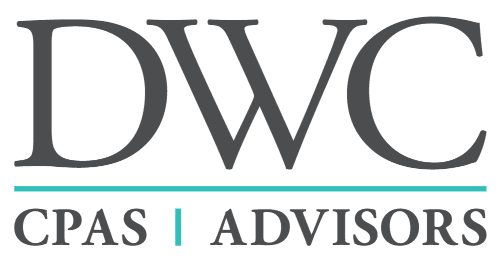During these challenging times, companies must have access to cash to help offset unforeseen costs, whether for buying personal protective equipment (PPE) for on-site employees or investing in the technology needed to keep a remote workforce safely and efficiently connected.
The tax function can be instrumental to identify and execute cash flow opportunities and to maintain the levels of liquidity needed to navigate the uncertainty that lies ahead. In the short term, business owners and their tax professionals should look to “low-hanging fruit” to generate benefits as quickly as possible.
While not exhaustive, here are several tax strategies to consider:
- Debt and loss optimization
- File net operating loss (NOL) carryback and alternative minimum tax (AMT) credit refund claims (2018, 2019) to reduce tax payments and obtain immediate refunds for taxes paid in prior years under CARES act expanded 5 year carry back period.
- Analyze the tax impact of income resulting from the cancellation of debt in the course of a debt restructuring for possible exceptions due to insolvency or bankruptcy.
- Consider claiming losses related to worthless, damaged, or abandoned property to generate ordinary losses under for specific assets.
- Decrease estimated tax payments based on lower 2020 income projections, if overpayments are anticipated.
- Understand compliance requirements and tax consequences of federal funding. If your business secured emergency relief funding such as a PPP loan, ensure that these benefits don’t result in unexpected penalties and costs. Learn the impacts of loan forgiveness for any forgivable loans and understand potential tax ramifications (i.e. non-deductible expenses paid for with PPP loan).
– - Uncover missed opportunities for tax savings. Look for potential projects that, though they may require an upfront investment of time and capital, have the potential to uncover significant savings opportunities.
- R&D tax credit studies: The money companies spend on technology and innovation can offset payroll and income taxes via R&D tax credits. The credits benefit a broad range of companies across industries, yet many businesses are leaving money on the table.
- Property tax assessment appeals: In the wake of the COVID-19 pandemic, some jurisdictions are reevaluating their property tax processes via disaster relief and conducting assessments at an earlier date. Property tax appeals can generate cash savings by challenging assessed values and reducing property tax liabilities.
- Cost segregation studies: Cost segregation studies can help owners of commercial or residential buildings increase cash flow by accelerating federal tax depreciation of construction-related assets. Depending on the type of building and cost, the increased cash-flow and time-value benefits are often significant.
- Evaluate accounting methods (cash vs accrual) and making changes, if necessary, to defer income tax and increase cash flow.
- Make the most of legislation
- Understand how the CARES Act can provide relief to employers:
- Defer payment of Social Security taxes (employer’s share). Deferment is allowed only until the earlier of (1) Dec. 31, 2020, or (2) the date the employer’s Paycheck Protection Program (PPP) loan is forgiven. Half of the deferred deposit must be repaid by Dec. 31, 2021, and the other half must be repaid by Dec. 31, 2022. The deposit deferral is not subject to interest or penalties if the deferred amounts are timely repaid.
- Secure a quick tax refund in 90 days by using Form 1139 to file for a five-year NOL carryback for losses generated in 2018 through 2020.
- Consider the Employee Retention Credit provision, which allows for a refundable payroll tax credit for eligible employers harmed by COVID-19, equal to 50% up to $10,000 in qualified wages per employee. Employers generally are not eligible for the Employee Retention Credit if any member of their controlled or affiliated service group obtained a PPP loan.
- Opportunities to amend a prior year return to take an accelerated depreciation expense deduction on “Qualified Improvement Property” (QIP). QIP placed in service after 2017 had defaulted to a 39-year recovery period and was ineligible for bonus depreciation. A technical correction was included in CARES act to make this property eligible for a 15 year recovery period and eligible for bonus depreciation.
- Understand how the CARES Act can provide relief to employers:
Although companies that have managed to survive up to this point will have overcome immediate safety and cashflow problems, they still face an uncertain future. No one can predict how long the downturn will last, whether the world will revert into crisis mode or whether the path towards long-term recovery has begun.
Businesses that effectively use tax strategies to focus on seizing the strategic opportunities they do have will be able to make the most of tough conditions and emerge as market leaders.
Sarah joined DWC’s Grand Junction tax office in 2001. She specializes in tax planning and preparation services for individuals and private companies in several industries, including auto dealerships, manufacturing, and medical practices, and serves as one of the firm’s specialists in the Affordable Care Act. Sarah frequently writes guest articles on individual and business issues for The Business Times and Dalby Wendland’s blog. She is also a presenter for various industry organizations on tax issues and updates affecting their industry. She is a member of the American Institute of CPAs and the Colorado Society of CPAs. Sarah holds a bachelor’s degree in business administration with an emphasis in accounting from Colorado State University, Ft. Collins. She can be reached at sfischer@dwcadvisors.com.



